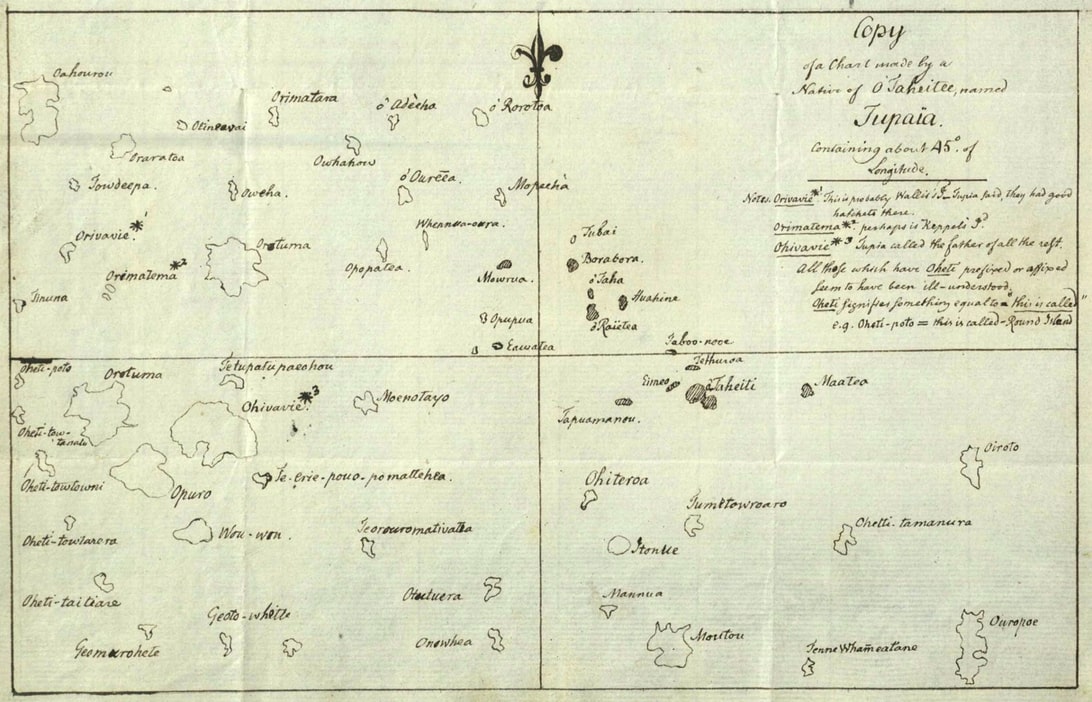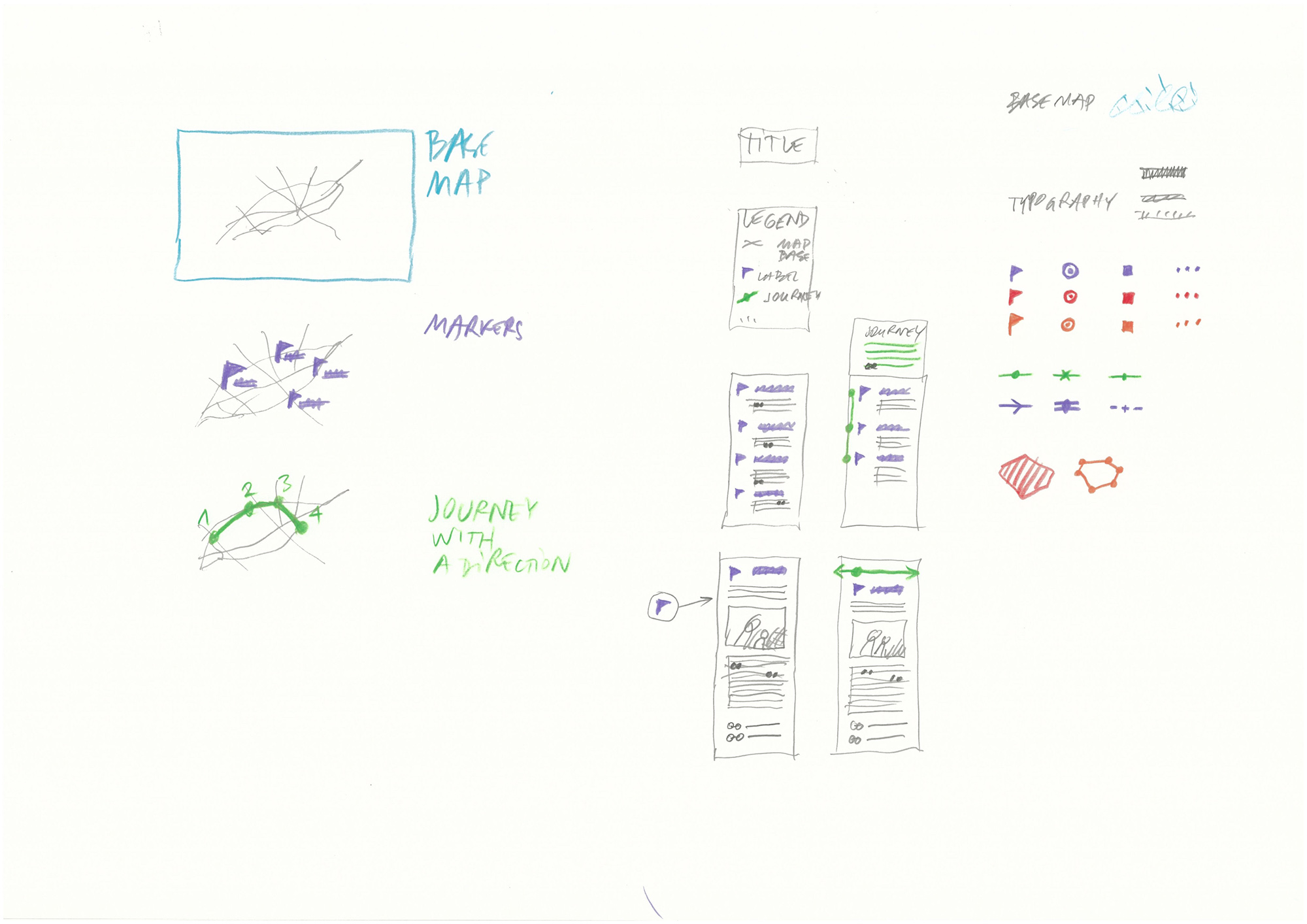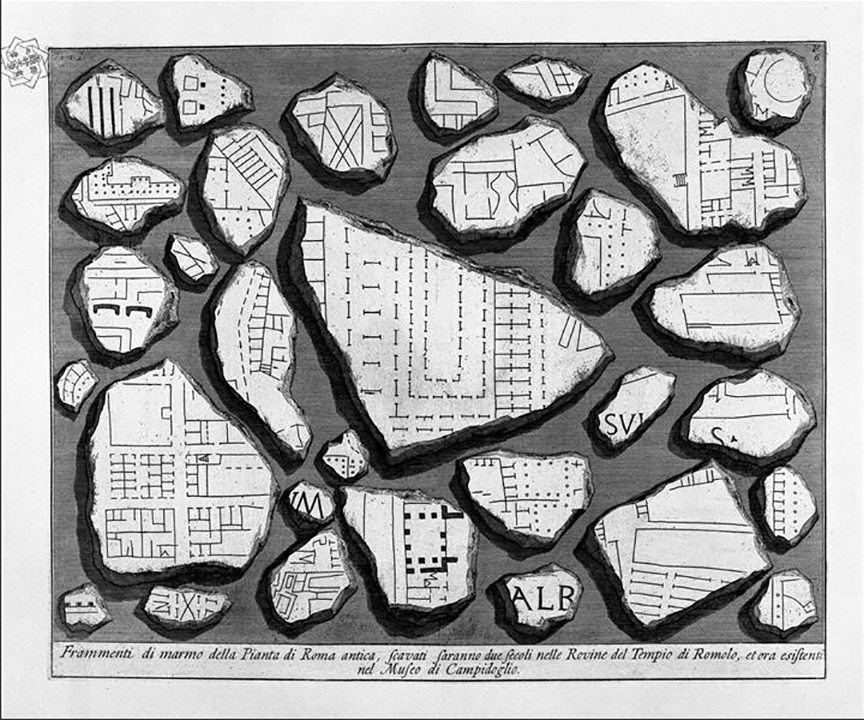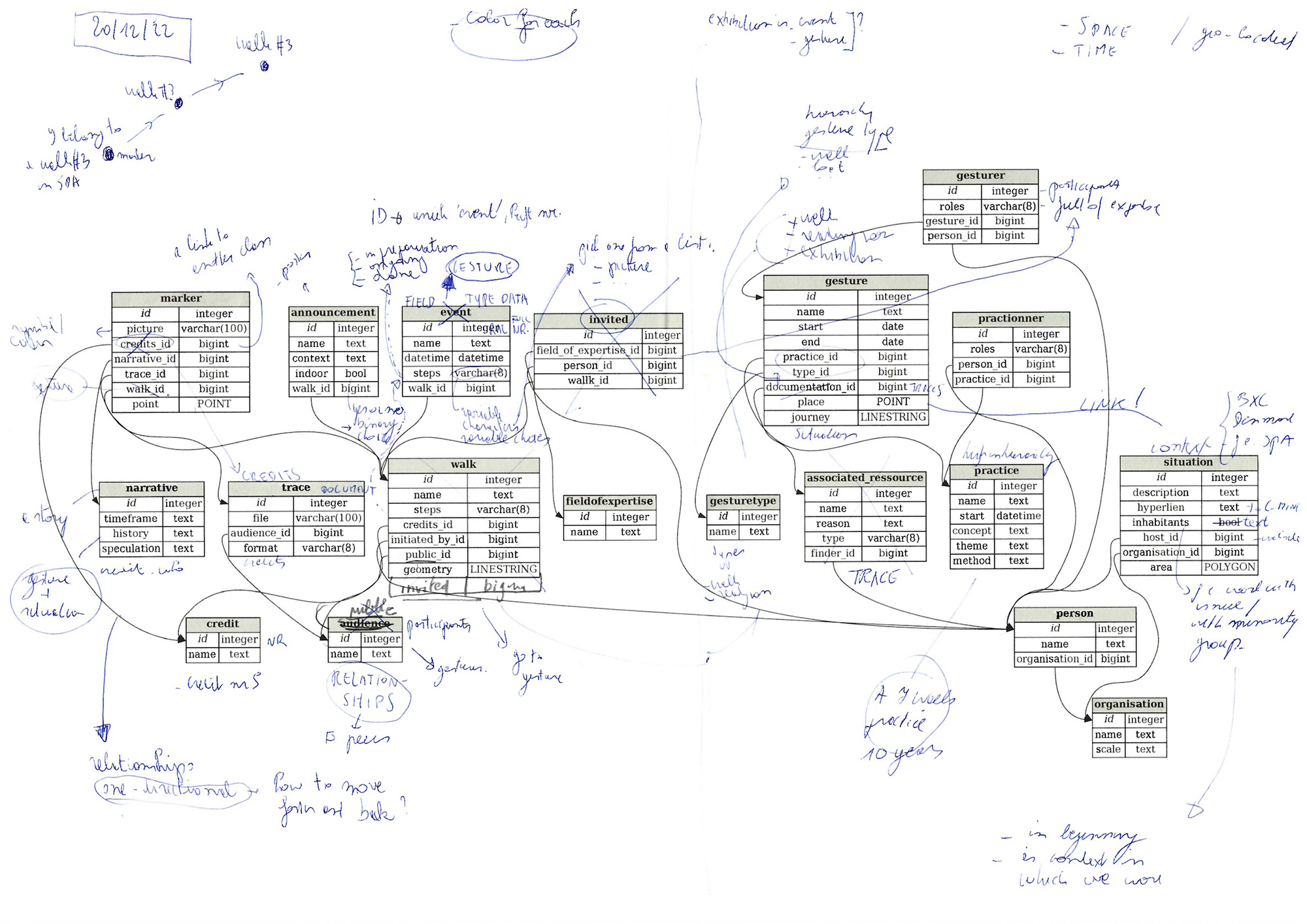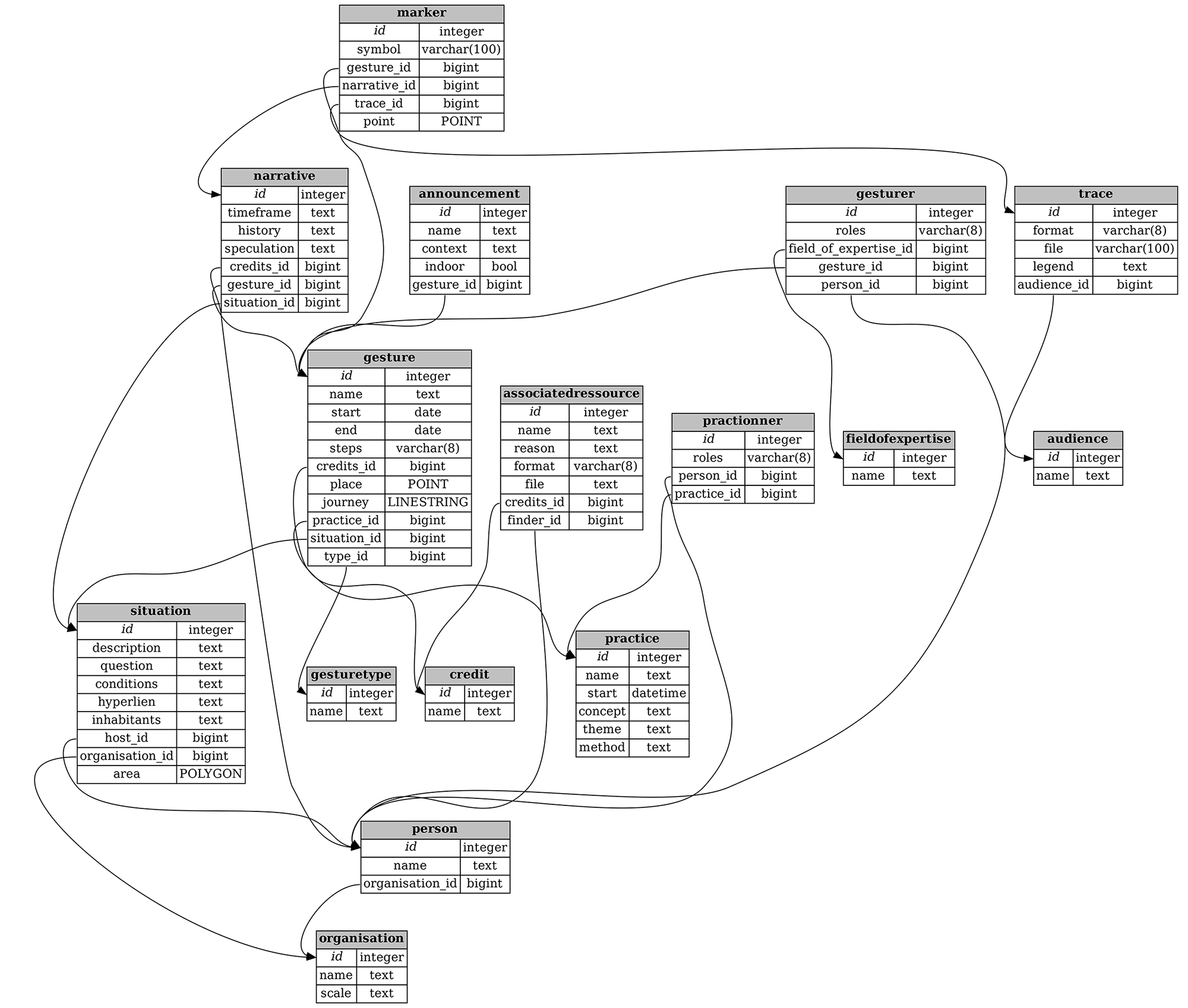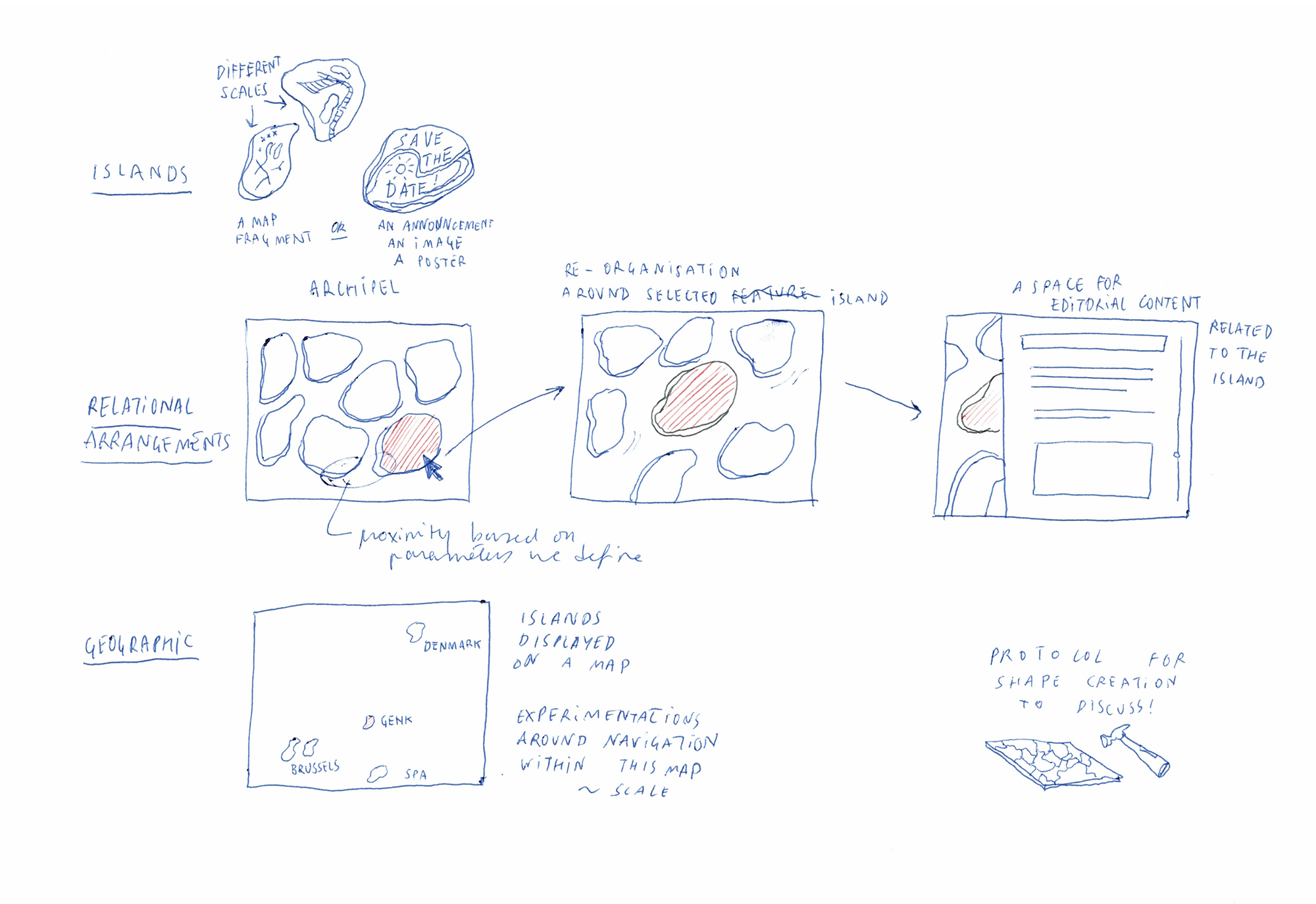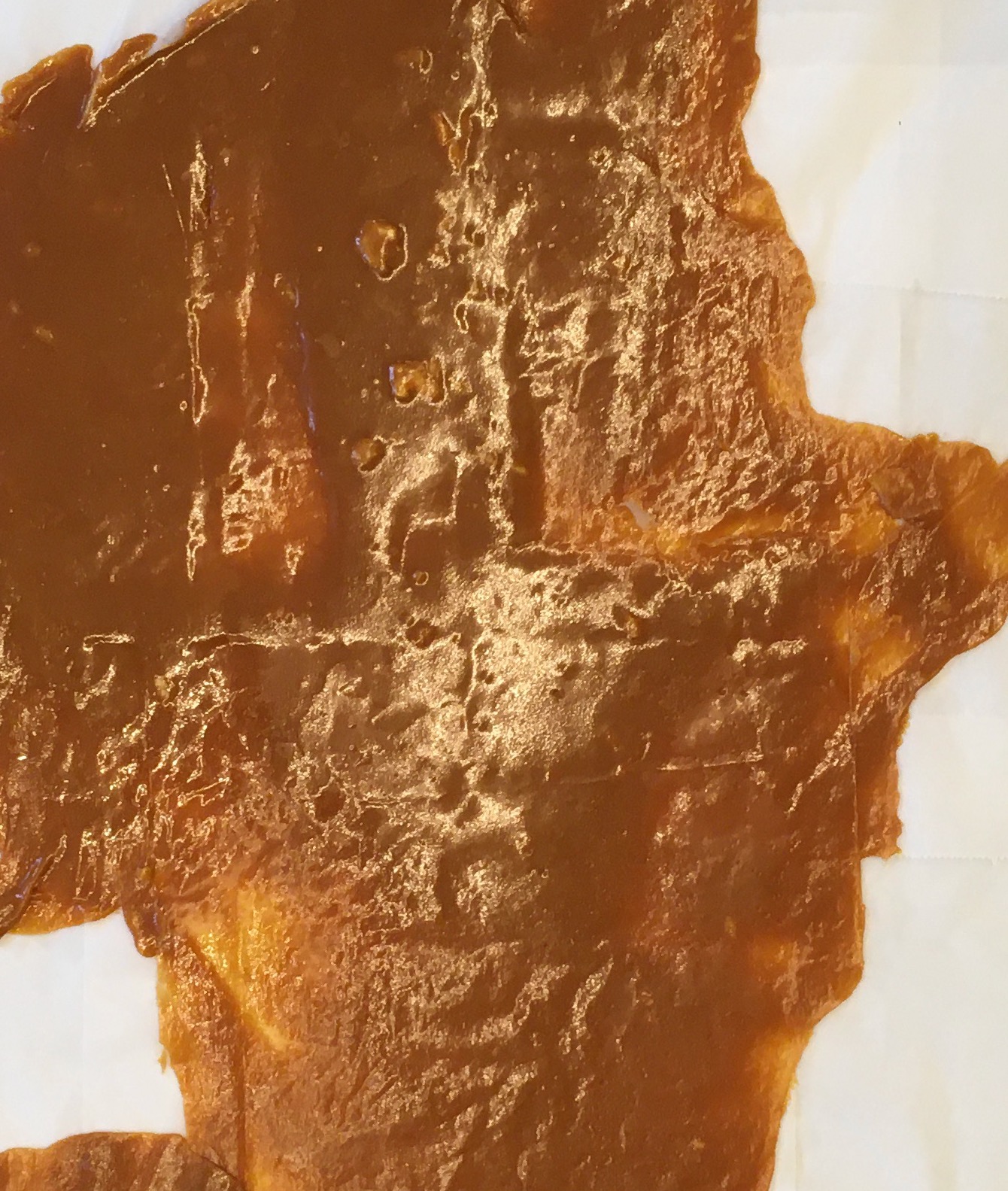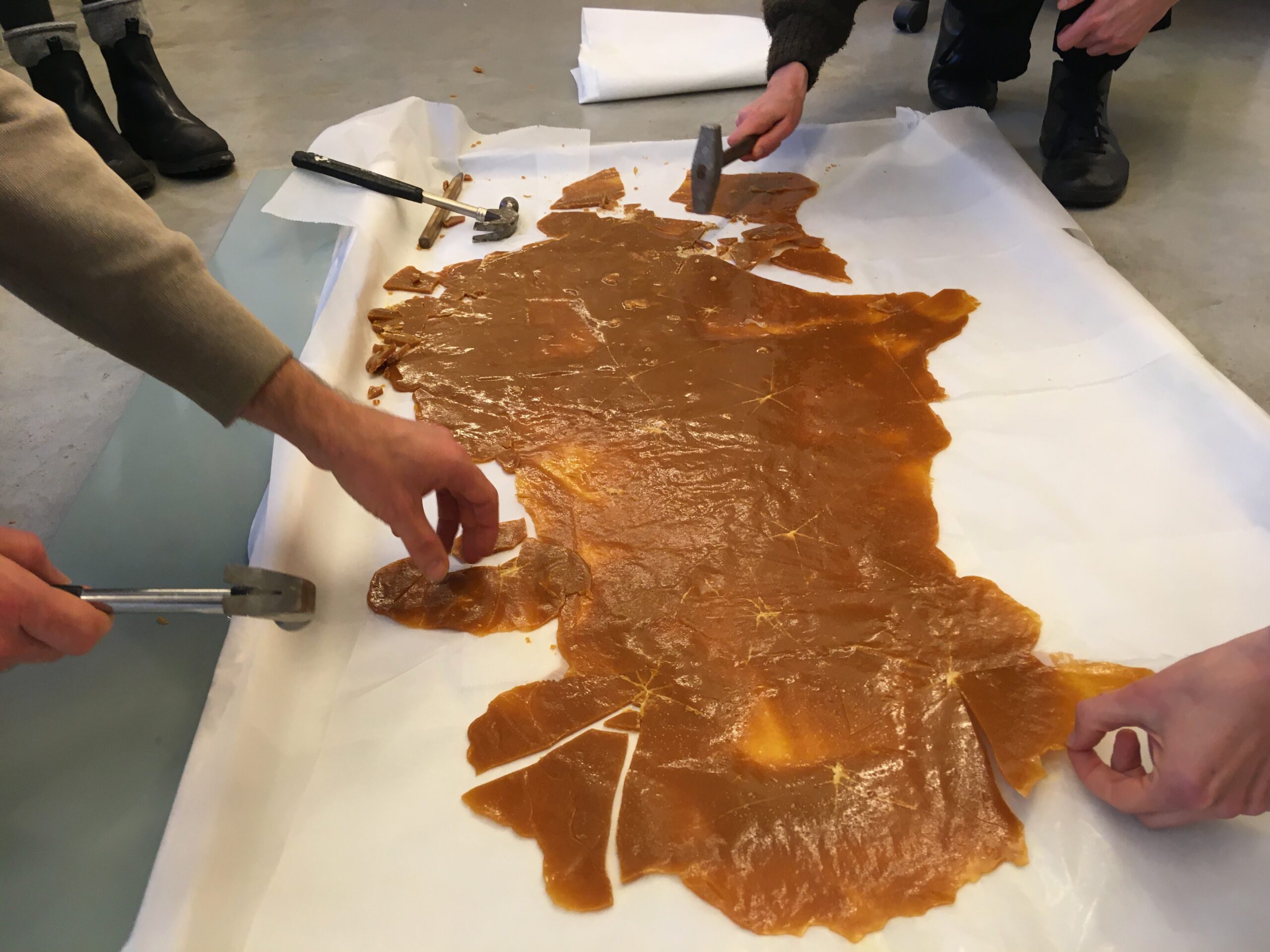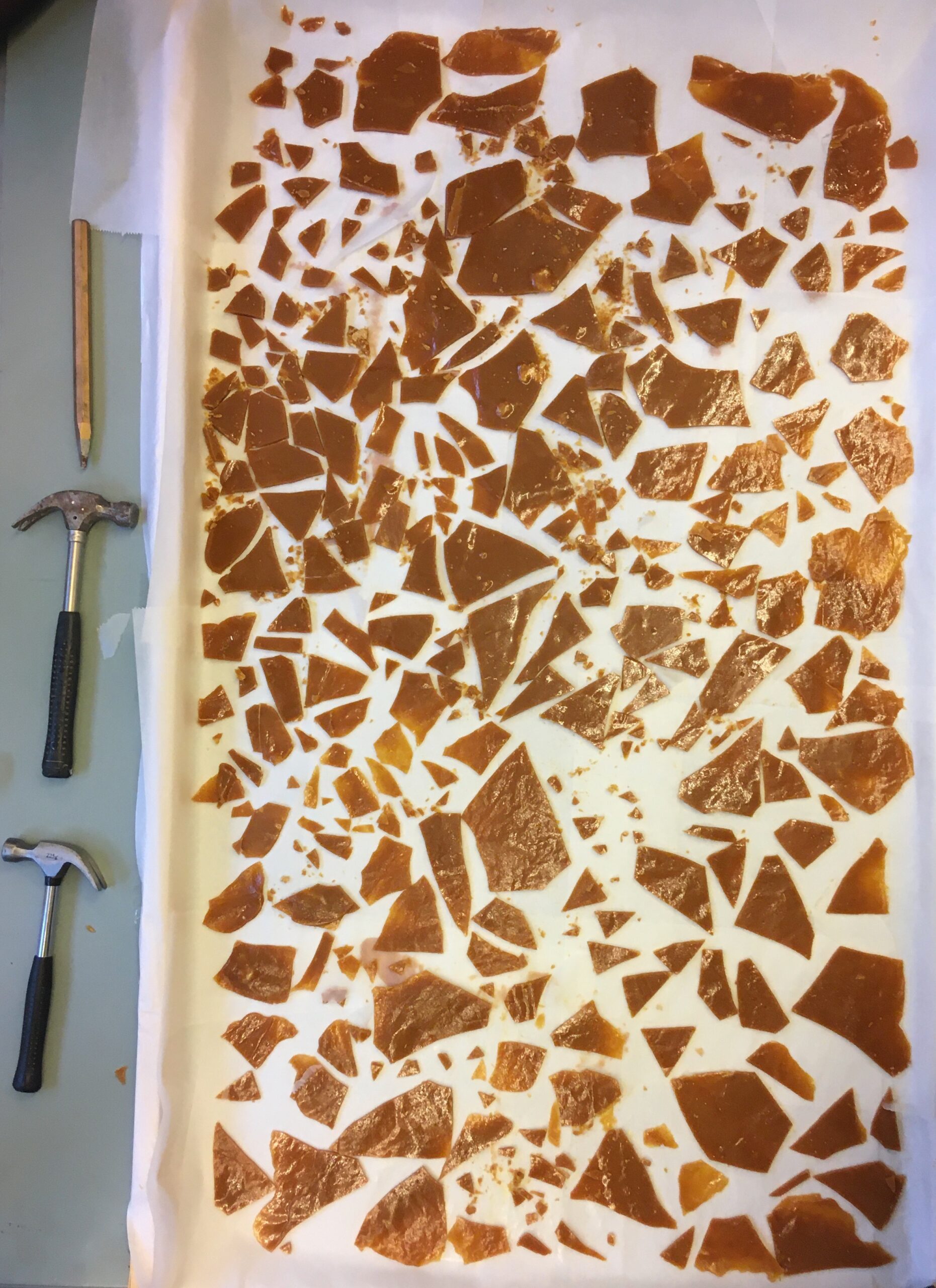Eavatea
Towards a Relational Infrastructure (2022-2024)
Visit Eavatea here
In partnership with nadine, Atelier Cartographique, f.eks and several artists, Jubilee developed a mapping tool for artistic practices: Eavatea. Currently a working prototype, this tool for developing, visualising, archiving and relating practices is specifically designed for sharing practices that do not present themselves easily in conventional exhibition contexts: research-based, often in situ, nomadic, collective, ephemeral, interdisciplinary or cross-disciplinary practices. Eavatea will be presented through an artistic and discursive program from July 2024 onward, at nadine, Kunsthal Gent, MHKA, CKV and Casco Utrecht.
‘Eavatea’ stands for ‘high noon’ which was noted on a map drawn by Tupaia, a Polynesian master navigator who had joined Captain Cook’s expedition in Tahiti in 1769. Cook’s crew offered Tupaia a Mercator map to draw the Polynesian archipelagoes, but rather than drawing according to western convention, he drew a ‘counter-map’, combining the western system with a ‘translation’ of his wayfinding knowledge, which would include the oral tradition of ancestral songs and embodied knowledge of wind patterns, sea currents, movements of the sun and the stars, fish and birds and reflections on the underside of clouds. Eavatea is the point where two representational systems merge in an act of collaborative knowledge production. Eavatea is also a Polynesian deity, the god of light. It was represented as half human and half fish. It was believed its eyes were the sun and the moon.
Jubilee’s collective artistic research interests have focused on contracts, ownership relationships and alternative forms of governance. Through practice-oriented research Jubilee also asked questions about and put into practice forms of mutualization and cooperation.
The exchange and exploitation of a unique material work of art created by an individual artist remains at the core of the economy of the visual arts. Jubilee’s collective research project Emptor (2021-23) examined some of these issues. Negotiation was rarely about collaboration or about work, in the sense of labor performed. Although artistic practices today often have a collaborative and collective character, the economics of the visual arts continue to revolve around a material artefact. This is offered for sale or exploited through the associated rights of an author or producer, even if the artistic output is sometimes temporary and intangible.
Lost and Found, and Lost Again
With these issues in mind a partnership was formed end of 2022, to create an online mapping tool created with open-source software. Partners are small art organizations and artist collectives (Jubilee, nadine, and the Danish organization f.eks.) and a Brussels-based team of map developers and designers, Atelier Cartographique.
More on how Eavatea came about you can read in Lost and Found, and Lost Again, an article co-authored by all partners. The text will be published in 2024, in Techniques Journal. This interdisciplinary magazine published by the University of Arizona, includes it in an edition dedicated to Dark Infrastructures. Download the final text of Lost and Found, and Lost Again here.
The aesthetics and shape of the tool are the result of a series of collective workshops with Atelier Cartographique. Its fragmented form was inspired by the Situationists’ mapping of Paris, and Piranesi’s etchings of the archaeological shards of a huge marble map of Rome. On a more conceptual level the maps of the 18th-century Polynesian navigator Tupaia introduced a form of counter-mapping with a strong narrative potential.
Eavatea does not want to be a website where things merely coexist. We define the mapping tool as a relational infrastructure. All shards in Eavatea will function as an interface on which images, texts, sounds, maps (with or without geo-reference) can be uploaded. These fragments appear as isolated islands, which we can edit and assemble into archipelagos. Each time a new shard is added, shards are regrouped as a new archipelago that highlights relationships between the uploaded documents. Islands may reposition themselves, depending on the relationships between practices, documents and organizations. In this way, new unexpected links and possible interdependencies between the fragments are formed. The void between the shards are spaces of freedom that make these connections and stories possible.
This makes the tool into a relational infrastructure. All documents that are uploaded embody the mutual relationships between all organizations, artists and collectives that participate in the development of Eavatea. The mapping tool should make visible this interconnectedness, the new areas of research that emerge… This is not what geo-referenced points on a map, nor what an individualized archiving of projects, usually do. We conceived Eavatea in a way that the tool could free itself from its mere functionality through the generation of free or curated combinations of shards.
Through its up-loaded artistic practices Eavatea constitutes a source of collective knowledge production. We conceived the digital map as a dynamic, ever-changing artistic form that can generate encounters, discussions and unexpected stories. Our collective endeavor aims to incorporate a practice of counter-mapping that continually shifts between the geo-localized divine view of mapping and a critical disruption of map-making. Our anti-map must be able to take into account what we find important in our practices: the experience of physical space, the passage of time, the encounters between people and the stories they share.
As a digital space, Eavatea must be able to reflect this. It generates an extra layer that is added to our embedded practices, not as a replacement for the real city or the real landscape, the real meeting of people. The tool does not replace the situated knowledge derived from direct observation, emotions, collaborations, discussions…, but functions as a second agora, a common digital space that can be shared and valued.
Archipelago of artistic practices
Eavatea has the ambition to contribute to debunking the romantic idea of ex-nihilo creation. We want to use the notion of collective authorship in the way Eavatea embodies it, as a lever to create space for an ecology of the arts that makes collaboration visible and valorizes it.
With an Eavatea prototype almost ready to be launched the work on the tool will focus on how to finetune it, how to create access to it and for whom, how to govern and finance it on the long term, and finally how to distribute and share it with other practitioners who would benefit from using this tool.
In order to do so we have developed an artistic and discursive program around different possibilities and ways of working, so that we can decide on these questions together. The program titled ‘Archipelago of artistic practices‘ will allow us to better understand the above questions. Through a series of presentations, performances, workshops, conversations and a small exhibition, the program will explore how Eavatea can address the systemic problem with which the economy of the arts confronts many artists.
We see Eavatea as a prototype that not only allows us to ‘do something different’. It offers participating artists new possibilities for production/presentation, research and archiving. Next tot that it also encourages a different way of working. New modes of collective research could be developed through using the map as a digital meeting place, but also as a catalyst for physical gatherings. Regular meetings in which proposals for uploads are discussed and linked to other proposals, not only result in an in-depth substantive exchange between artists, but essentially is a collective mode of curating. The map will be a rich collection of mutually reinforcing and complementary insights and sources that can be made visible for a live-audience or that can be consulted afterwards.
A federated model
The Archipelago of artistic practices program will also discuss the collective management model that we pursue in Eavatea. We can test how democratic principles are reflected in making the mapping tool operational, both at the level of management, but also at the level of use by partners and the public. It is important to place the economic impact of Eavatea entirely at the service of strengthening the ecology of artistic practices.
The question arises as to which business model would be most suitable for this. The current non-profit partners all adhere to a cooperative philosophy: mutualism, goal maximization, members as owners and managers, autonomy. Setting up our own ecosystems – either physical and/or digital – seems to be a very interesting possibility, because the artistic practices published in Eavatea are often rather conceptual, collective and experimental. Whether this should happen within a new structure or within the existing de facto alliance is one of the possible test scenarios.
In the long term, Eavatea aims to develop into a federated model of small autonomous artistic groups that activate the mapping tool from the perspective of their own artistic practices. Eavatea would connect these different (inter)national centers with each other.
